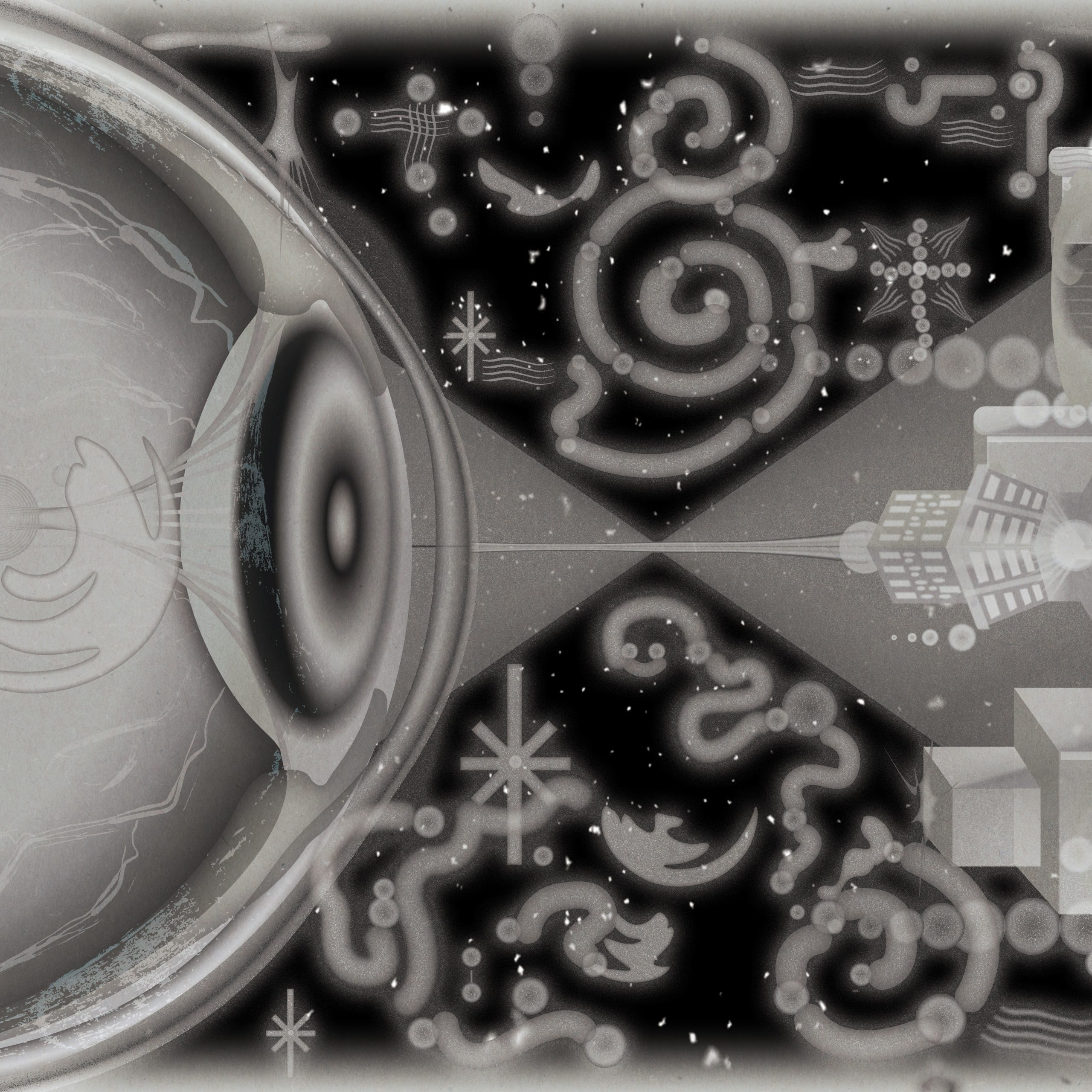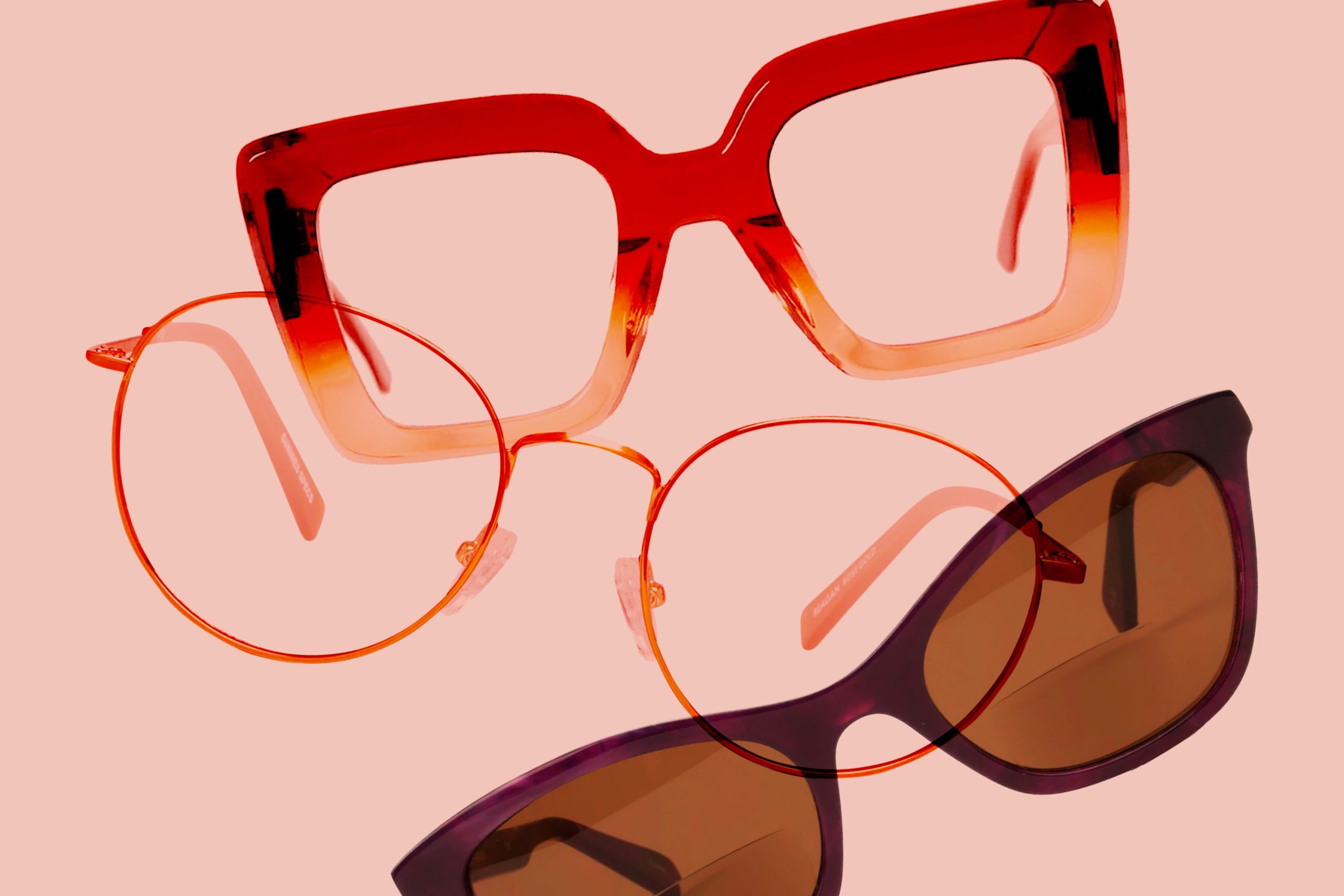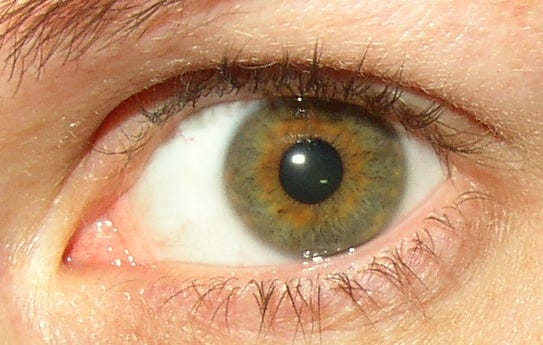Do you know what is one eye vision loss?
Editor’s Notes: One eye vision loss was published on [date]. This is an important topic to read because it can help you understand the causes, symptoms, and treatments for one eye vision loss.
Our team has done extensive research and analysis to put together this guide on one eye vision loss. We hope that this information will help you make the right decisions about your eye health.
Here are some key differences between one eye vision loss and other types of vision loss:
| Type of Vision Loss | Causes | Symptoms | Treatments |
|---|---|---|---|
| One Eye Vision Loss |
– Injury to the eye – Stroke – Glaucoma – Macular degeneration |
– Loss of vision in one eye – Blurred vision – Double vision – Pain in the eye |
– Eyeglasses or contact lenses – Surgery – Medication |
| Two Eye Vision Loss |
– Cataracts – Glaucoma – Macular degeneration – Diabetic retinopathy |
– Loss of vision in both eyes – Blurred vision – Double vision – Difficulty seeing in dim light |
– Eyeglasses or contact lenses – Surgery – Medication |
If you are experiencing one eye vision loss, it is important to see an eye doctor right away. Early diagnosis and treatment can help to prevent further vision loss.
One Eye Vision Loss
One eye vision loss is a serious condition that can have a significant impact on your life. It can be caused by a variety of factors, including injury, stroke, glaucoma, and macular degeneration. The symptoms of one eye vision loss can vary depending on the cause, but may include loss of vision in one eye, blurred vision, double vision, and pain in the eye.
- Causes: Injury, stroke, glaucoma, macular degeneration
- Symptoms: Loss of vision in one eye, blurred vision, double vision, pain in the eye
- Diagnosis: Eye exam, visual field test
- Treatment: Eyeglasses or contact lenses, surgery, medication
- Prognosis: Depends on the cause and severity of the vision loss
- Prevention: Wear protective eyewear, control blood pressure, eat a healthy diet
- Support: Low vision aids, support groups
- Research: Ongoing research is focused on new treatments for one eye vision loss
One eye vision loss can have a significant impact on your daily life. It can make it difficult to drive, read, and perform other tasks that require good vision. If you are experiencing one eye vision loss, it is important to see an eye doctor right away. Early diagnosis and treatment can help to prevent further vision loss.
Causes
One eye vision loss can be caused by a variety of factors, including injury, stroke, glaucoma, and macular degeneration.
Injury to the eye can damage the retina, optic nerve, or other structures in the eye, leading to vision loss. Stroke can interrupt blood flow to the eye, causing damage to the retina and optic nerve. Glaucoma is a condition in which fluid builds up in the eye, increasing pressure and damaging the optic nerve. Macular degeneration is a condition in which the macula, the central part of the retina responsible for sharp central vision, deteriorates.
These conditions can all lead to one eye vision loss, which can have a significant impact on a person’s life. It can make it difficult to drive, read, and perform other tasks that require good vision. In some cases, one eye vision loss can also lead to blindness.
It is important to be aware of the causes of one eye vision loss so that you can take steps to protect your vision. If you are experiencing any symptoms of one eye vision loss, such as loss of vision in one eye, blurred vision, or double vision, it is important to see an eye doctor right away.
Here is a table summarizing the key information about the causes of one eye vision loss:
| Cause | Description | Symptoms | Treatment |
|---|---|---|---|
| Injury | Damage to the eye from an accident or trauma | Loss of vision in one eye, blurred vision, double vision, pain in the eye | Eyeglasses or contact lenses, surgery, medication |
| Stroke | Interruption of blood flow to the eye | Sudden loss of vision in one eye, blurred vision, double vision | Medication, surgery |
| Glaucoma | Increased pressure in the eye | Blurred vision, halos around lights, pain in the eye | Eye drops, laser surgery, traditional surgery |
| Macular degeneration | Deterioration of the macula, the central part of the retina | Blurred vision, difficulty seeing in dim light, loss of central vision | Eye injections, laser surgery, lifestyle changes |
Symptoms
The symptoms of one eye vision loss can vary depending on the cause, but may include loss of vision in one eye, blurred vision, double vision, and pain in the eye.
- Loss of vision in one eye is the most common symptom of one eye vision loss. It can range from mild to severe, and may be temporary or permanent.
- Blurred vision is another common symptom of one eye vision loss. It can make it difficult to see objects clearly, and may be accompanied by other symptoms such as halos around lights.
- Double vision is a condition in which a person sees two images of the same object. It can be caused by a variety of factors, including one eye vision loss.
- Pain in the eye is another symptom of one eye vision loss. It can range from mild to severe, and may be accompanied by other symptoms such as redness and swelling.
These symptoms can all have a significant impact on a person’s life. They can make it difficult to drive, read, and perform other tasks that require good vision. In some cases, one eye vision loss can also lead to blindness.
If you are experiencing any of these symptoms, it is important to see an eye doctor right away. Early diagnosis and treatment can help to prevent further vision loss.
Diagnosis
An eye exam and visual field test are essential for diagnosing one eye vision loss. During an eye exam, the doctor will examine the eye for any signs of damage or disease. They will also test your vision using a variety of methods, including a visual field test. A visual field test measures theof your vision, and can help to identify any areas of vision loss.
If you are experiencing one eye vision loss, it is important to see an eye doctor right away. Early diagnosis and treatment can help to prevent further vision loss.
Here is a table summarizing the key information about the diagnosis of one eye vision loss:
| Test | Description | Purpose |
|---|---|---|
| Eye exam | A comprehensive examination of the eye | To look for any signs of damage or disease |
| Visual field test | Measures the range of your vision | To identify any areas of vision loss |
Treatment
The treatment for one eye vision loss depends on the cause. In some cases, eyeglasses or contact lenses can be used to correct the vision. In other cases, surgery may be necessary. Medication may also be used to treat the underlying cause of the vision loss.
- Eyeglasses or contact lenses can be used to correct vision that is caused by refractive errors, such as nearsightedness, farsightedness, and astigmatism. They can also be used to protect the eye from further damage.
- Surgery may be necessary to treat vision loss that is caused by cataracts, glaucoma, or macular degeneration. Surgery can also be used to repair damage to the eye that has been caused by injury or disease.
- Medication may be used to treat the underlying cause of vision loss. For example, antibiotics can be used to treat infections, and anti-inflammatory medications can be used to reduce swelling.
The goal of treatment for one eye vision loss is to improve vision and prevent further vision loss. In some cases, treatment can restore vision to normal. In other cases, treatment can only slow the progression of vision loss. However, early diagnosis and treatment can help to improve the chances of a successful outcome.
Prognosis
The prognosis for one eye vision loss depends on the cause and severity of the vision loss. In some cases, vision can be restored to normal with treatment. In other cases, vision loss may be permanent. However, early diagnosis and treatment can help to improve the chances of a successful outcome.
The cause of the vision loss is an important factor in determining the prognosis. Some causes of vision loss, such as cataracts, can be treated with surgery to restore vision. Other causes of vision loss, such as glaucoma, can only be slowed down with treatment. The severity of the vision loss is also an important factor in determining the prognosis. Vision loss that is mild may not have a significant impact on a person’s life. However, vision loss that is severe can make it difficult to perform everyday tasks, such as driving and reading.
It is important to remember that one eye vision loss does not always lead to blindness. With early diagnosis and treatment, many people with one eye vision loss are able to live full and active lives.
Here is a table summarizing the key information about the prognosis for one eye vision loss:
| Cause | Treatment | Prognosis |
|---|---|---|
| Cataracts | Surgery | Good |
| Glaucoma | Medication, surgery | Varies |
| Macular degeneration | Eye injections, laser surgery, lifestyle changes | Varies |
Prevention
One eye vision loss can be a devastating condition, but there are steps you can take to prevent it. Wearing protective eyewear, controlling your blood pressure, and eating a healthy diet can all help to reduce your risk of developing one eye vision loss.
- Wear protective eyewear. This is one of the most important things you can do to prevent one eye vision loss. Protective eyewear can help to protect your eyes from injury, which is a leading cause of one eye vision loss. When choosing protective eyewear, look for glasses or goggles that meet the American National Standards Institute (ANSI) Z87.1 standard.
- Control your blood pressure. High blood pressure can damage the blood vessels in the eye, leading to vision loss. If you have high blood pressure, it is important to work with your doctor to get it under control.
- Eat a healthy diet. Eating a healthy diet can help to keep your eyes healthy. Fruits, vegetables, and whole grains are all good sources of vitamins and minerals that are essential for eye health.
By following these simple tips, you can help to reduce your risk of developing one eye vision loss.
Support
One eye vision loss can have a significant impact on a person’s life. It can make it difficult to perform everyday tasks, such as driving, reading, and watching television. Low vision aids and support groups can help people with one eye vision loss to live full and active lives.
- Low vision aids are devices that can help people with low vision to see better. These aids can include magnifiers, telescopes, and electronic devices.
- Support groups can provide people with one eye vision loss with emotional support and information about resources.
Low vision aids and support groups can make a big difference in the lives of people with one eye vision loss. They can help people to regain their independence and to live full and active lives.
Research
One eye vision loss is a serious condition that can have a significant impact on a person’s life. Ongoing research is focused on developing new treatments for one eye vision loss, which could help to improve the quality of life for people with this condition.
- Stem cell therapy is one promising area of research. Stem cells have the potential to regenerate damaged tissue, which could lead to new treatments for one eye vision loss. Clinical trials are currently underway to test the safety and efficacy of stem cell therapy for one eye vision loss.
- Gene therapy is another promising area of research. Gene therapy involves using genes to treat diseases. Researchers are currently working on developing gene therapies for one eye vision loss that could help to restore vision.
- Pharmaceutical therapies are also being developed to treat one eye vision loss. These therapies are designed to target the underlying causes of one eye vision loss and prevent further vision loss. Clinical trials are currently underway to test the safety and efficacy of these therapies.
These are just a few of the promising areas of research that are focused on developing new treatments for one eye vision loss. With continued research, it is hoped that new treatments will be developed that can help to improve the quality of life for people with this condition.
One Eye Vision Loss FAQs
This section provides answers to frequently asked questions about one eye vision loss. If you have any other questions, please consult with an eye doctor or other qualified healthcare professional.
Question 1: What is one eye vision loss?
Answer: One eye vision loss is the loss of sight in one eye. It can be caused by a variety of factors, including injury, stroke, glaucoma, and macular degeneration.
Question 2: What are the symptoms of one eye vision loss?
Answer: The symptoms of one eye vision loss can vary depending on the cause, but may include loss of vision in one eye, blurred vision, double vision, and pain in the eye.
Question 3: How is one eye vision loss diagnosed?
Answer: One eye vision loss is diagnosed through a comprehensive eye exam, which includes a visual field test to assess the range of vision.
Question 4: How is one eye vision loss treated?
Answer: The treatment for one eye vision loss depends on the cause. In some cases, eyeglasses or contact lenses can be used to correct the vision. In other cases, surgery or medication may be necessary.
Question 5: What is the prognosis for one eye vision loss?
Answer: The prognosis for one eye vision loss depends on the cause and severity of the vision loss. In some cases, vision can be restored to normal with treatment. In other cases, vision loss may be permanent.
Question 6: How can I prevent one eye vision loss?
Answer: There are a number of things you can do to help prevent one eye vision loss, including wearing protective eyewear, controlling your blood pressure, and eating a healthy diet.
Summary: One eye vision loss is a serious condition that can have a significant impact on your life. If you are experiencing any symptoms of one eye vision loss, it is important to see an eye doctor right away. Early diagnosis and treatment can help to improve the chances of a successful outcome.
Next: Causes of One Eye Vision Loss
Tips for Managing One Eye Vision Loss
Losing vision in one eye can be a significant challenge, but there are steps you can take to manage the condition and live a full and active life.
Tip 1: Get regular eye exams.
Regular eye exams are essential for monitoring your vision and overall eye health. Your doctor can check for signs of progression or other eye problems that may require treatment.
Tip 2: Use low vision aids.
Low vision aids, such as magnifiers, telescopes, and electronic devices, can help you make the most of your remaining vision. Talk to your doctor about which aids may be right for you and how to use them effectively.
Tip 3: Learn adaptive techniques.
There are many adaptive techniques that can help you compensate for your vision loss. For example, you can learn to use your peripheral vision more effectively, or to use your other senses to navigate your environment.
Tip 4: Stay active.
Regular exercise and physical activity can help to improve your overall health and well-being, and it can also help to reduce the risk of falls and other accidents.
Tip 5: Connect with others.
Connecting with other people who have one eye vision loss can provide you with emotional support and a sense of community. There are many support groups and online forums where you can connect with others and share your experiences.
Summary: Managing one eye vision loss can be challenging, but by following these tips, you can live a full and active life.Next: Causes of One Eye Vision Loss
One Eye Vision Loss
One eye vision loss is a serious condition that can have a significant impact on your life. It is important to be aware of the causes, symptoms, and treatment options for one eye vision loss so that you can take steps to protect your vision and manage the condition if it occurs.
If you are experiencing any symptoms of one eye vision loss, it is important to see an eye doctor right away. Early diagnosis and treatment can help to prevent further vision loss and improve your quality of life.
Youtube Video:



